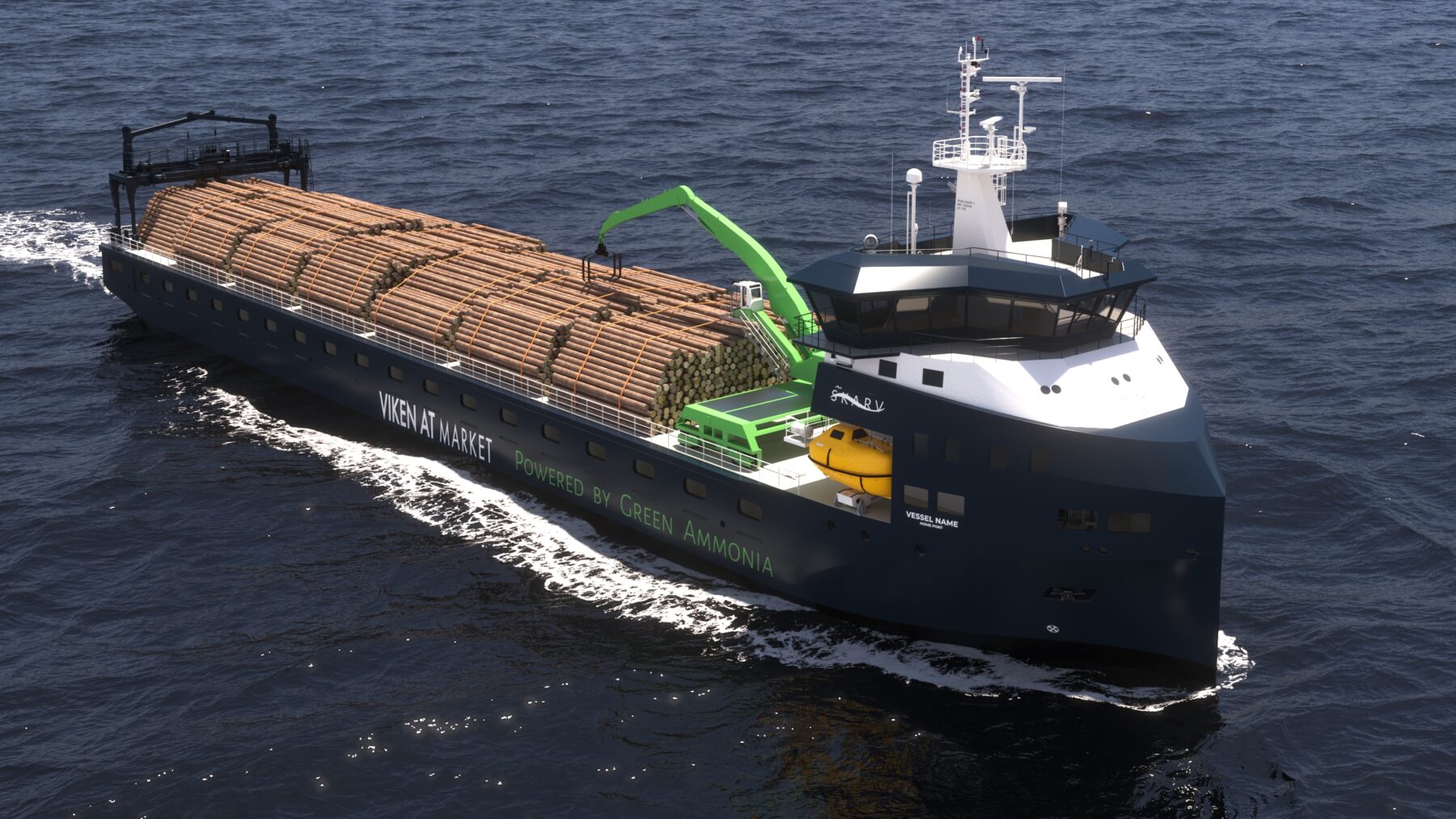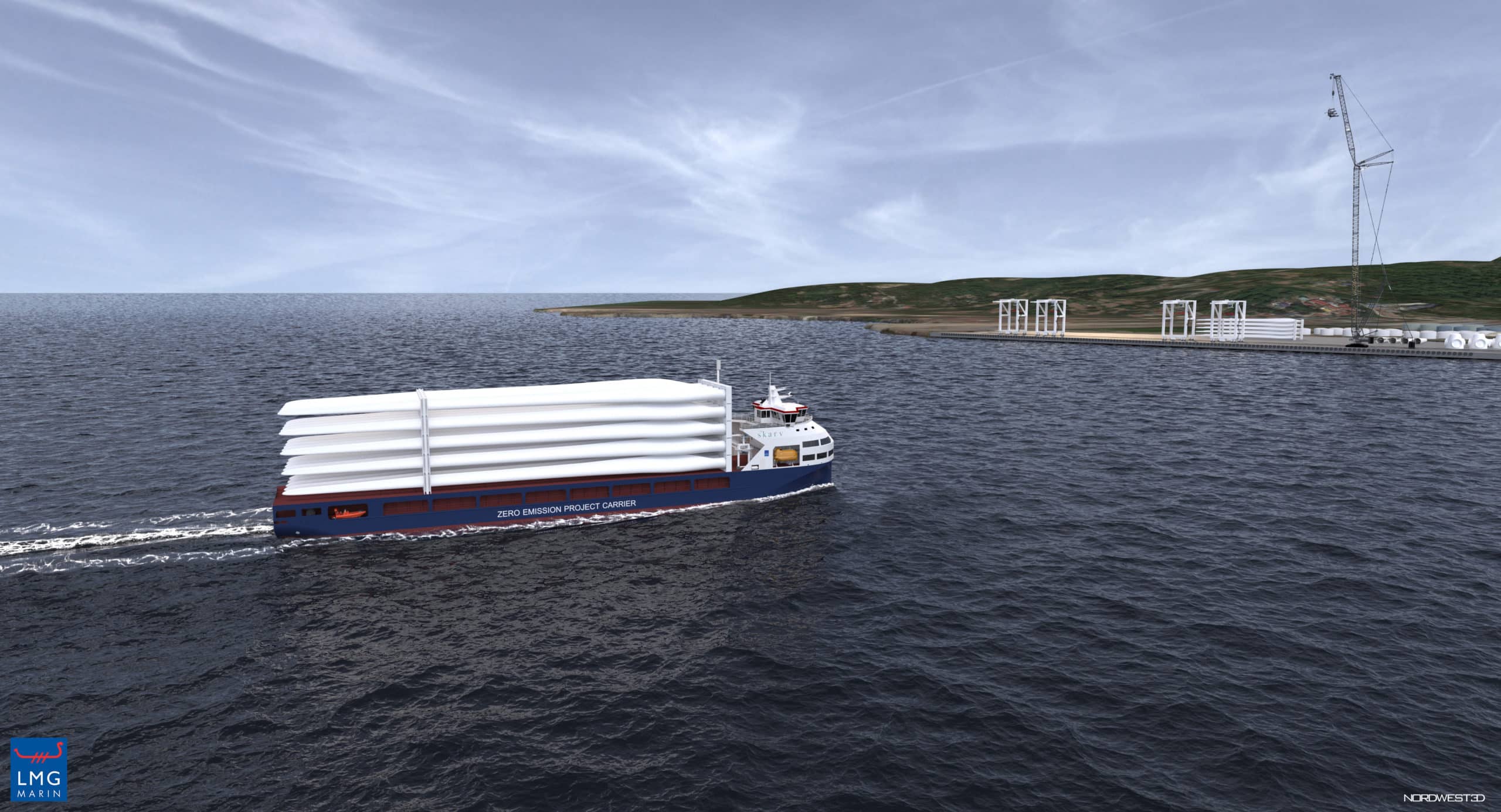Short-sea shipping operates relatively shorter distances, allowing for closer proximity to ports, logistics hubs, and industrial centres. This proximity offers greater opportunities to develop and integrate advanced infrastructure, such as shore power, electric charging stations, and efficient cargo handling facilities
The segment also represents a manageable scale for testing and deploying new technologies and fuels. It allows for easier monitoring, evaluating, and adapting emerging solutions, providing valuable insights into their performance, efficiency, and environmental impact. This iterative process of innovation can lead to the identification of effective strategies that can subsequently be applied to deep-sea shipping.
As short-sea shipping often falls within national or regional boundaries, governments can establish pilot projects, financial incentives, and regulatory frameworks that encourage the adoption of low-carbon technologies. The success of these initiatives can then inform and inspire similar efforts in the deep sea shipping sector.

